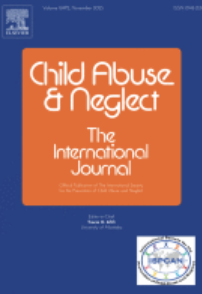Background
Effective child protection systems require coordinated efforts to address violence against children, with varying progress across countries.
Objective
This review uses UNICEF's Child Protection System Strengthening framework to compare child protection systems in Indonesia and Ethiopia.
Methods
A narrative synthesis of data from authoritative and gray sources was conducted, focusing on UNICEF's seven intermediary outcome indicators: legislative frameworks, coordination mechanisms, continuum of services, minimum standards and oversight mechanisms, resource allocation, mechanisms for involving children and the community, and data surveillance. The systems were assessed on a maturity scale from system building to system maturity.
Results
Both countries have made strides in articulating robust legal and policy frameworks and effective continuum of services, as well as establishing a lead agency for child protection, coordinating mechanisms, effective continuum of services, and mechanisms for children and community involvement. Indonesia shows better progress in workforce development and data surveillance, compared to Ethiopia. For both countries, challenges persist in law enforcement, insufficient support services for child victims, and lack of effective independent accountability mechanisms. Also, underreporting of child maltreatment is a concern in both countries. Finally, the progress towards system maturity is slow, with significant efforts needed, despite positive developments.
Conclusions
Indonesia and Ethiopia have achieved initial phases of system building and enhancement, but further efforts are required to reach system strengthening and maturity.

